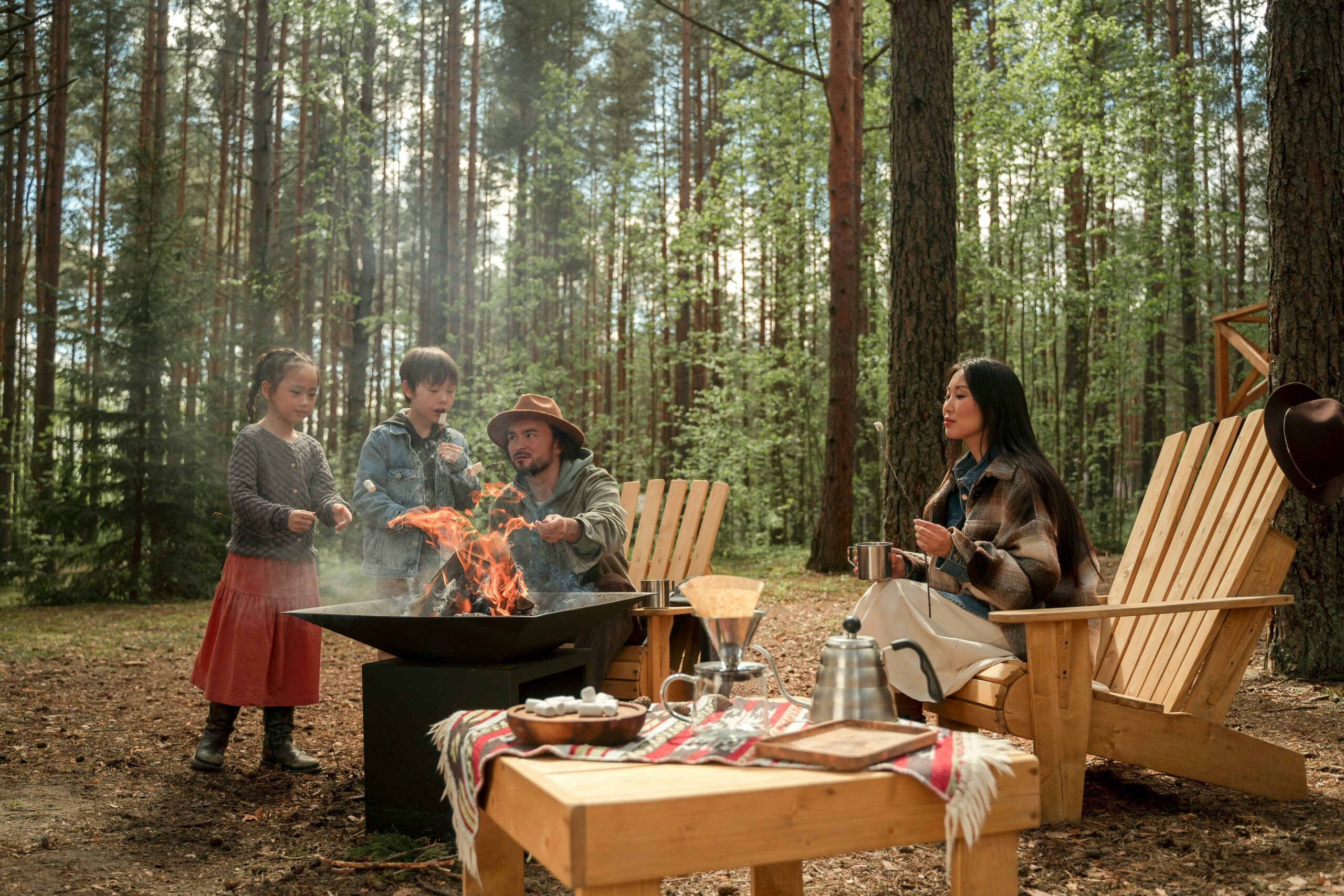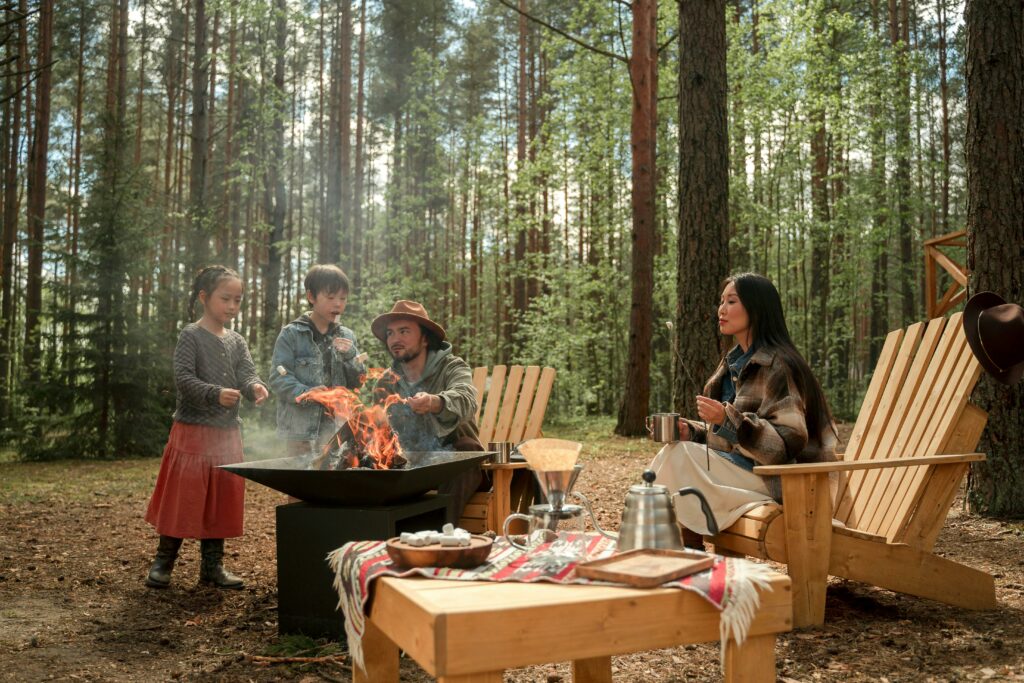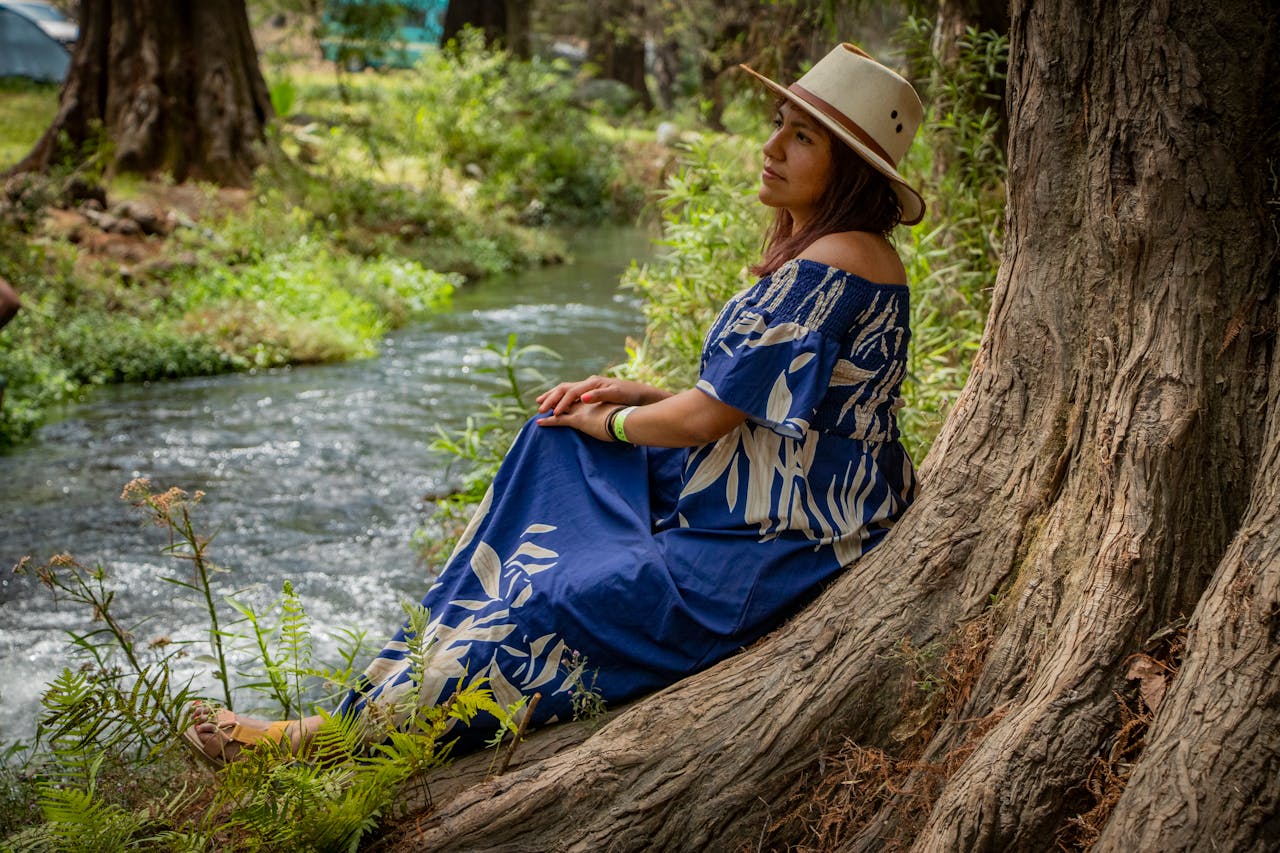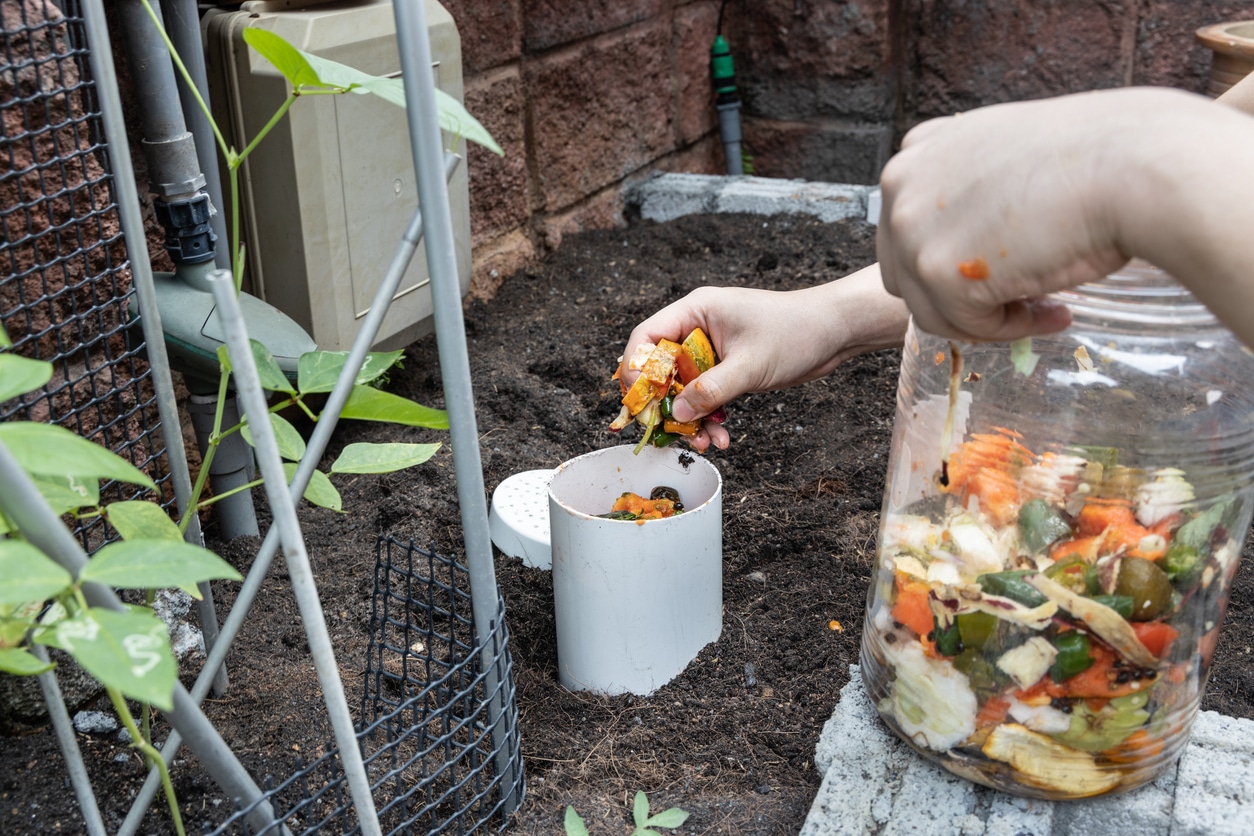
How to Build an Eco-Friendly Campfire That Leaves No Trace
Campfires are a timeless part of the outdoor experience — warming cold hands, cooking simple meals and bringing people together under the stars. However, if you don’t build your campfire carefully, it can scar the land, harm wildlife and even spark a wildfire.
That’s why building an eco-friendly, low-impact fire matters. Here’s how to enjoy the magic of a campfire, while protecting nature for those who come after you.
Know Before You Go
Camping is a popular hobby, with over 53.7 million American households participating in 2023. However, there are some rules and regulations you should acknowledge.
Before you even gather a single stick, check the fire regulations in the area you’re camping. Many parks and wilderness zones have seasonal fire bans or require permits. If campfires are prohibited, follow the rules and use a camp stove or fire-safe alternative instead. If the park doesn’t allow fires, consider another location.
Choose the Right Location
Use existing fire rings when available. Don’t create new ones unless absolutely necessary.
If you’re in a dispersed or backcountry area with no fire ring, find a spot at least 50 feet away from any structure. This includes tents, trees, bushes or overhanging branches. Avoid dry grass and never build fires on top of plant roots or duff. Look for bare soil, sand or gravel as these surfaces are less likely to be damaged.
Use a Fire Pan or Fire Blanket
To truly minimize impact, use a fire pan or portable fire blanket to put out the fire and clean up. These tools keep flames off the ground and contain ash. If you’re packing light and can’t carry extra gear, dig a small fire pit and line it with rocks — but remember to dismantle it when you’re done.
Use Only Dead and Down Wood
A good campsite generally has plenty of trees and shade. However, you should never cut live branches, even if they seem dry. Stick to wood that’s already dead and lying on the ground. Gather small pieces — no thicker than your wrist — for easier burning and less smoke. If you’re unsure whether wood is dry, give it a quick snap test. Dry wood breaks cleanly with a sharp crack.
Collect wood away from camp so the immediate area doesn’t become picked clean. This helps maintain the natural appearance and ecosystem.
Keep Fires Off the Ground Whenever Possible
Even when permitted, open ground fires can leave lasting scars — burn marks, sterile soil and long-term aesthetic damage. Whenever possible, opt for portable fire pits or raised fire grates. Many campgrounds rent or provide these, making cleanup far easier. Bringing a small, collapsible fire grate is a smart way to keep your fire compact, elevated and fully contained, even in remote areas.
Build It Small and Smart
A roaring bonfire isn’t necessary. In fact, it can be wasteful and dangerous. Start with a small teepee or log cabin structure using dry twigs and sticks. Add fuel gradually. Keep the fire just big enough for your needs — whether that’s to boil water, roast marshmallows, cook dinner or warm up. Small fires are easier to manage, produce less smoke and leave less debris behind.
Control and Monitor Constantly
Wildfires have a devastating effect on the environment and public health, exposing approximately 10.3 million Americans to unhealthy air quality between 2008 and 2012 alone. Never leave your fire unattended, not even for a minute. Wind can pick up embers and carry them to flammable materials quickly. Make sure someone is always keeping an eye on the flames.
Burn It Down Completely
Let the campfire burn down to a fine white ash — don’t leave partially burned logs or blackened coals behind. Stir the ashes with a stick to help them cool and break down. The ashes should be cool enough to touch before you leave.
Once cool, scatter the ashes over a wide area away from water sources. This helps them integrate naturally into the environment without disrupting local soil chemistry.
Leave No Trace Behind
Dismantle any fire ring you built. Replace rocks and cover up any disturbed soil or fire scars. Scatter leftover wood naturally around the site. When you walk away, it should look as if no one had a fire there at all.
Camp Responsibly
An eco-friendly campfire is an essential part of outdoor ethics. By keeping your fire small, responsible and respectful of the land, you help preserve wild spaces for future generations.




Post a comment